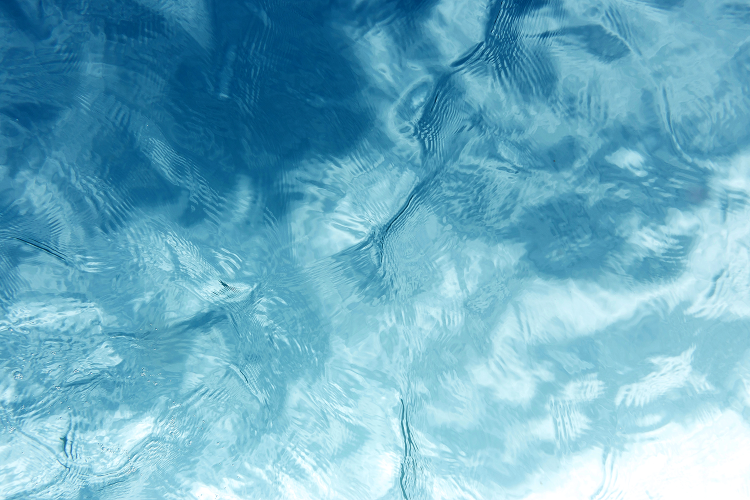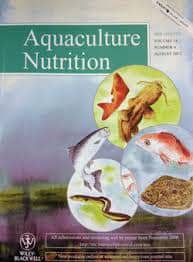Dietary lysine requirement of greater amberjack juvenile ( Seriola dumerili , Risso, 1810)

Abstract
An 8-week feeding trial was conducted to determine the dietary lysine requirement of greater amberjack, Seriola dumerili. Six experimental diets resulting from a practical basal formulation were produced to containing mainly plant ingredients (25% fish meal) were supplied with graded levels of crystalline L-lysine-HCl and the analysed lysine concentration in each diet was found to be 1.93 (basal diet; CL1.93), 2.01 (CL2.01), 2.11 (CL2.11), 2.15 (CL2.15), 2.20 (CL2.20) and 2.29 (CL2.29) g/100 g diet respectively. Seriola dumerili of 32.8 g ± 3.0 (mean ± SD) were randomly assigned to 18 experimental small cages, and each was stocked with 25 fish per cage in triplicates. The fish were hand-fed with the experimental diets twice daily (09:00 h and 15:00 h) to apparent satiation, 6 days a week for 56 days. No significant differences were observed in weight gain (WG), daily growth index (DGI), specific growth rate (SGR) and protein efficiency ratio (PER) among the dietary groups. However, the pairwise linear regression of WG showed that the dietary lysine requirement of greater amberjack juvenile is 2.11% of the diet. The activity of catalase enzyme among the dietary treatments differed significantly (p < .05) in both the liver and intestine. Similar results were found for the heat shock proteins (HSP70 and HSP90) with a tissue-specific response. Based on the results obtained, the dietary lysine requirements that can support maximum WG and PER of greater amberjack juvenile were found to be between 2.03% and 2.11% of the diet (4.55%–4.73% of dietary protein).

